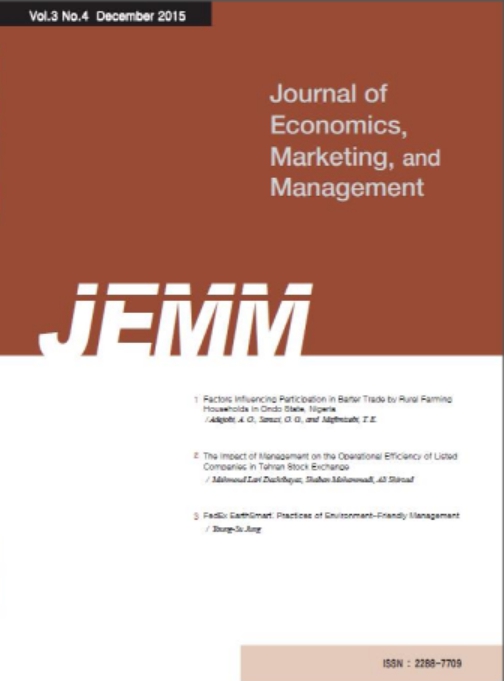5권 1호
초록
Abstract
An increasing number of researchers are finding that 'poor' CG is a leading factor in dismal performance, manipulated financial reports, and unhappy stakeholders. Undoubtedly, qualified, trained and mature Chartered Forensic Accountants (CFA's) can prove to be a valuable asset to the corporate sector, and gradually help to improve their CG system. The fundamental objective of this study is to find out "how can we integrate the expertise of the FA to improve the overall CG scenario prevalent in India?" This is a preliminary investigation of the necessary skills, educational and training requirements for CFA's to improve CG system. During 2011-12, a questionnaire-based survey was conducted in the NCR of India using a sample size of 120 practicing chartered accountants, accounting academics, and potential users of FA services. Results indicate that potential practitioners, academics and users agree that "critical thinking, written & oral communication, legal knowledge, auditing skills, deductive analysis, investigative flexibility, analytical proficiency and unstructured problem-solving are the most important skills required for the CFAs." Moreover, we found that all of the skills investigated in this study are 'potentially' important for the CFAs, which the educators at the Universities should use as an overall guide while designing their FA curriculum."
초록
Abstract
Purpose - This study extracts performance-reward factors based on the previous studies related to Herzberg's two-factor theory and performance-reward and proposes a research method to identify how these factors have an influence on task performance directly related to production performance and contextual performance that has an indirect influence. Research Design, Data, and Methodology - This study draws performance-reward factors through Focus Group Interview(FGI), classifies them into economic/uneconomic and direct/indirect factors, draws maintenance/improvement factors and unnecessary ones through IPA, and maximizes the effectiveness of performance-reward factors. Results - It also identifies how performance-reward factors have an influence on internal and external motives based on previous studies, classifies performance-reward factors into task performance and contextual performance and identifies the influence relationship between these, and proposes a research model to identify the roles of equity sensitivity based on equity theory. Conclusion - The findings from this study are expected to lay the groundwork for drawing various methods to reduce the turnover rate of employees and be important resources for reinforcing the competitiveness of businesses by classifying the performance -reward factors that may cause internal and external motives from the small and medium-sized manufacturing perspective and presenting methods to identify if these have an influence on task performance and contextual performance.
초록
Abstract
Domestic government debt securities is one of the steps which is taken by the government of Indonesia as a major source of financial budget, covering for the budget deficit, debt payments and interest debt. The purposes of this research are to know the development of budget deficits, government debt and impact of domestic government debt securities against economic growth in Indonesia. Method of analysis used Ordinary Least Squares (OLS) analyzing the impact of the domestic debt against economic growth in Indonesia. This research uses time series data from 1997 to 2014. Total government debt and domestic government debt securities in Indonesia increased during the last five years. The average of domestic government securities was above 50 percent of the total government debt. Estimated results showed domestic government debt securities has a positive and significant effect to economic growth. Official development assistance (ODA) has a negative effect to economic growth. Other variables such as the gross fixed capital formation and receipt of remittance have positive and significant effect, total imports and government expenditure have negative and significant effect against economic growth.
초록
Abstract
Purpose - The paper aims to study competency mapping in the organization and how does HR department focuses to provide a definitive road map to understand, design and implement competency models in the organization. Research Design, Data and Methodology - Descriptive research design has been used in the study. The sample size of the study is 75 consisting of employees working at DMRC, barakhamba road. A structured questionnaire was designed to collect the primary data. SPSS has been used to analyze the responses of the questionnaires. Results- DMRC frequently employs some form of competency mapping to understand how to most effectively employ the competencies of strengths of workers. Conclusion - To conclude, it was found that the company has cost effective system to recruit and select people which is working satisfactorily.














